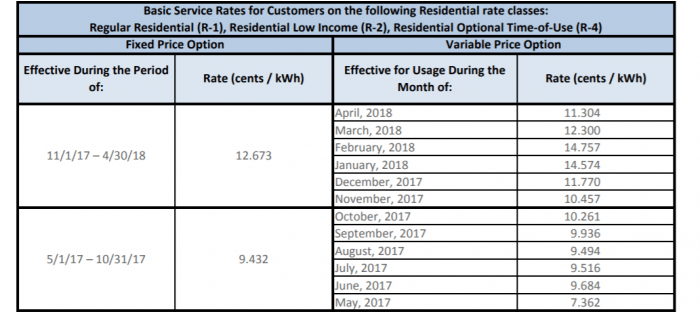National Grid Announces Electricity Rate Increase
After working with state regulators, National Grid has agreed on a three-year schedule that will increase the average residential customer’s monthly bill by 11 percent for customers in the northeast. For Massachusetts customers, the default rate already rose a whopping 34%, and will stay in effect until April of 2018.
While the arrangement spreads out the impact of the net increase over 3 years in New York, and the Massachusetts rate increase is deemed “temporary”, the net result is still more money out of pocket for utility customers who rely solely on the electric grid to supply their energy. The rate increase applies to the delivery portion of the electric bill, which is calculated based on the Kilowatt-hours of energy consumed (kWh).
What does this mean for you?
If you have a solar system, this news just means that you’re going to be avoiding an even higher bill. Because Net-Metering is a unit-for-unit trade of kWh produced, higher priced electricity prices mean that the output of your solar system is more valuable.
Want to protect yourself from increasing electricity rates? Making your own electricity is the easiest way, and getting a quote is fast and always 100% free.

As electric vehicles become more popular, the demand for EV chargers is growing fast. Every day, more EVs hit the road, and businesses are starting to take notice. Installing EV chargers at your location is a smart move—not just to keep up with the rise of electric cars, but also to show that you’re forward thinking and environmentally friendly. We've put together a list of the many benefits to installing EV chargers!

Utility costs are on the rise and there’s no sign of them slowing down. Consumers are feeling the pressure of constantly climbing electricity rates. As inflation continues to affect nearly every industry and energy demand increases, utility companies are charging more, which means your bills are getting higher. In fact, many experts agree that utility prices will only continue to increase, making it harder for households and businesses to keep their budgets under control. NYSERDA provides detailed information on historical energy rates throughout New York State for example. These patterns follow the same trends nationwide.


